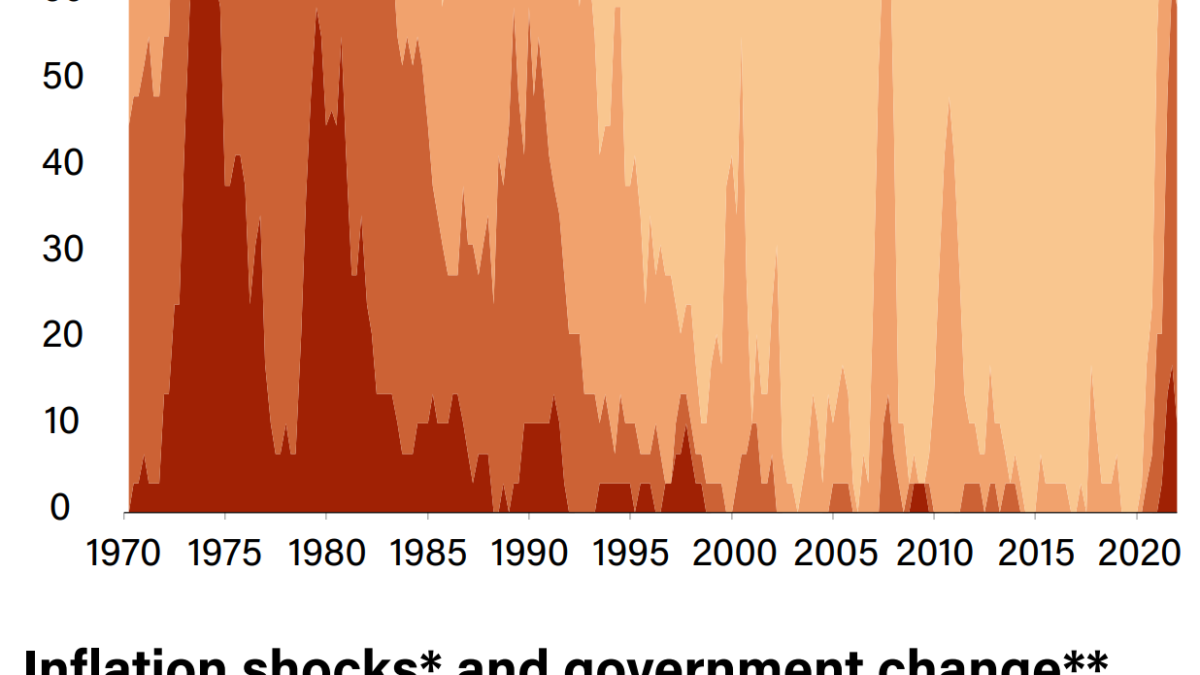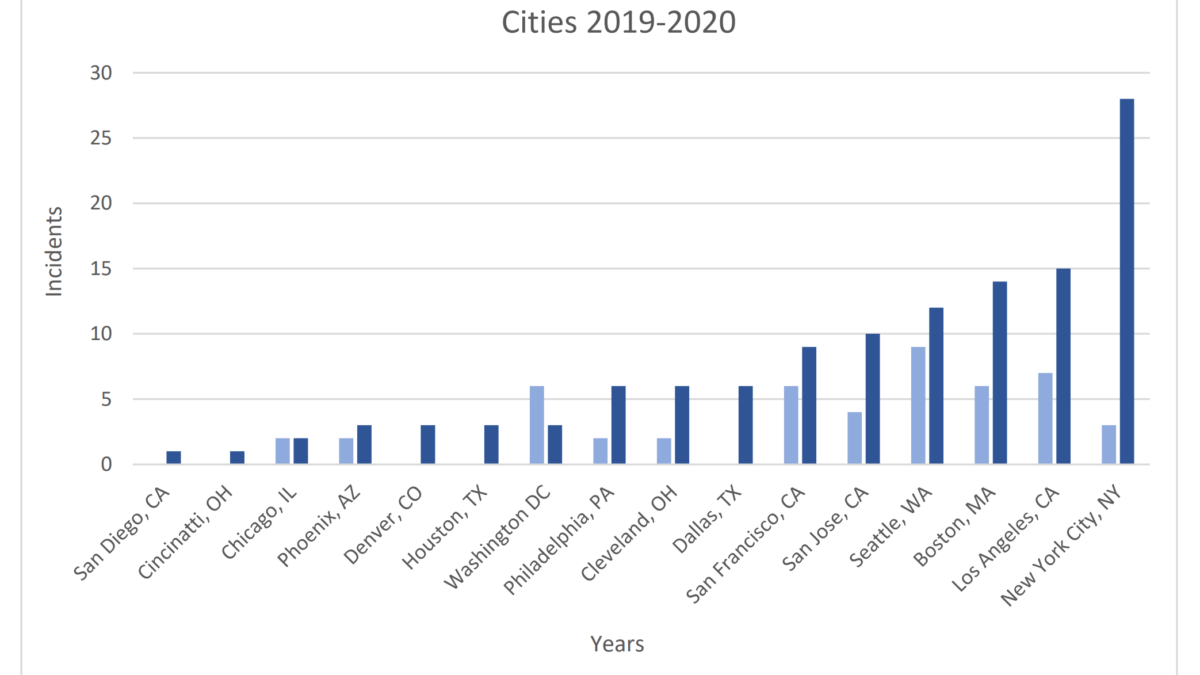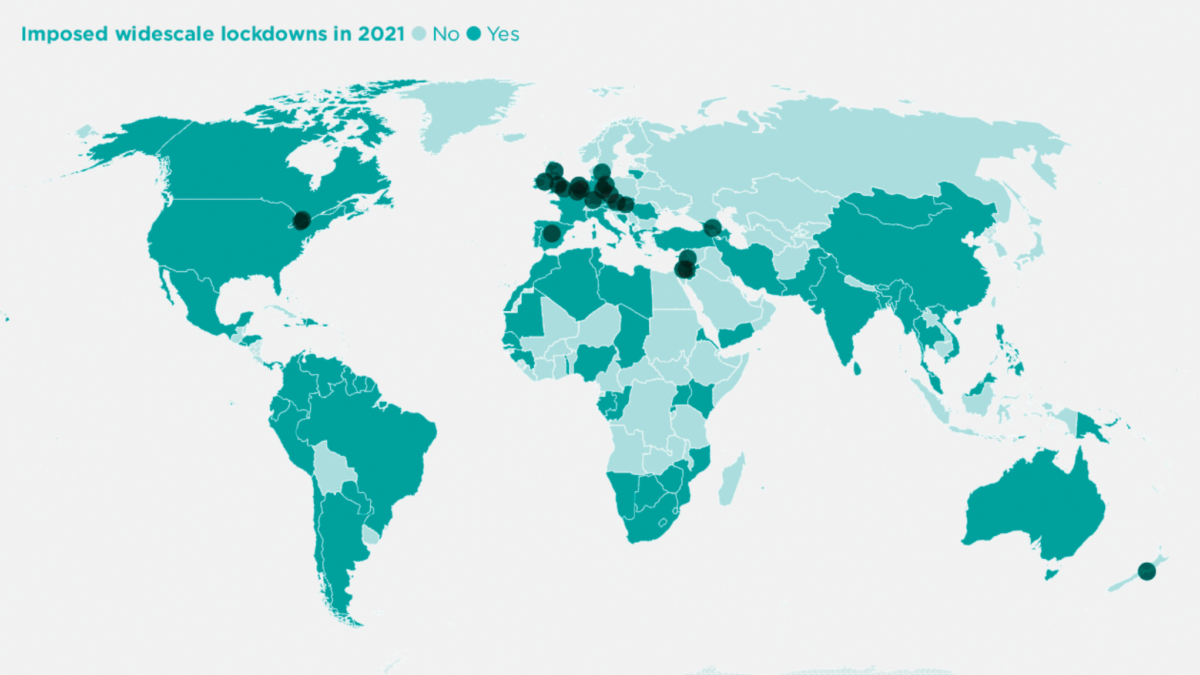New data: Adult obesity rates top 35 percent in seven U.S. states – As recently as 2012, no state was over 35 percent
WASHINGTON, DC, 12 September 2018 (Trust for America’s Health) – Seven U. S. states had adult obesity rates at or above 35 percent in 2017, up from five states in 2016, and no state had a statistically significant improvement in its obesity rate over the past year, according to new national data reported in the 15th annual State of Obesity: Better Policies for a Healthier America [pdf] released today by Trust for America’s Health (TFAH) and the Robert Wood Johnson Foundation (RWJF).
Newly released data from the Centers for Disease Control and Prevention’s Behavioral Risk Factor Surveillance System show that states with high adult obesity rates are increasing with no less than one in five adults having obesity in every state. Levels of obesity vary considerably from state to state, with a low of 22.6 percent in Colorado and a high of 38.1 percent in West Virginia.
Findings include:
- Adult obesity rates are at or above 35 percent in seven states; for the first time in Iowa and Oklahoma, and at least the second time in Alabama, Arkansas, Louisiana, Mississippi, and West Virginia. As recently as 2012, no state had an adult obesity rate over 35 percent.
- Six states – Iowa, Massachusetts, Ohio, Oklahoma, Rhode Island, and South Carolina – saw their adult obesity rates increase significantly between 2016 and 2017.
- Adult obesity rates are between 30 and 35 percent in 22 states and 19 states have adult obesity rates between 25 and 30 percent. Over the past five years (2012 – 2017), 31 states had statistically significant increases in their obesity rate and no state had a statistically significant decrease in its obesity rate.
- Obesity levels are highest in Black and Latino communities, low-income and rural communities, places where residents often have limited access to healthy options. According to National Health and Nutrition Examination Survey data, nationally, adult obesity rates for Latinos (47.0 percent) and Blacks (46.8 percent) are much higher than among Whites (37.9 percent), and, 34.2 percent of adults living in rural areas have obesity compared to 28.7 percent of adults living in metro areas.
“Obesity is a complex and often intractable problem and America’s obesity epidemic continues to have serious health and cost consequences for individuals, their families and our nation,” said John Auerbach, president and CEO of Trust for America’s Health. “The good news is that there is growing evidence that certain prevention programs can reverse these trends. But we won’t see meaningful declines in state and national obesity rates until they are implemented throughout the nation and receive sustained support.”
Obesity is a problem in virtually every city and town, and every income and social sector. But its impact is most serious in communities where conditions make access to healthy foods and regular physical activity more difficult, such as lower income and rural areas, including many communities of color.
There are, however, bright spots in certain settings where policies and programs have made it easier to eat well and exercise. For example, the obesity rate among children enrolled in the Special Supplemental Nutrition Program for Women, Infants and Children (WIC) Program declined between 2011 and 2014.
The national costs of obesity are enormous. Obesity drives an estimated $149 billion annually in directly related healthcare spending, and an additional $66 billion annually in lowered economic productivity. Also, one in three young adults is ineligible for military service, owing to being overweight, posing a national security vulnerability.
Evidence-based programs, policies and practices to reverse the obesity trend are known but need widespread implementation.
Federal, state and local government and other entities should work to prevent obesity by:
- Promoting policies and scaling obesity prevention programs that take a multi-sector approach such as aligning the efforts of health departments, schools and transportation officials.
- Adopting and implementing policies that help make healthy choices easier. Investing in programs designed to narrow health inequities such as ensuring that all communities have access to affordable, healthy food options and safe places to exercise.
“Obesity is a major challenge in nearly every state and our role as public health leaders is to ensure we’re doing everything we can to address it,” said John Wiesman, president of the Association of State and Territorial Health Officials (ASTHO) and secretary of health at the Washington State Department of Health.“Our goal at the state level is to work across sectors to advocate for and implement evidence-based policies that encourage active healthy living and support healthy and safe communities that provide access to healthy foods, physical activity, and clinical preventive services.”
Recommendations
The report offers 40 recommendations for federal, state and local policymakers; the restaurant and food industries; and the healthcare system, including:
- Support and expand policies and programs aimed at addressing obesity at the federal, state and community levels, including programs in the Centers for Disease Control and Prevention’s (CDC) Division of Nutrition, Physical Activity and Obesity, and community health programs like the Racial and Ethnic Approaches for Community Health program (REACH), and programs that focus on school health in CDC’s Division of Population Health.
- Maintain and strengthen essential nutrition supports for low-income children, families and individuals through programs — like the Supplemental Nutrition Assistance Program (SNAP) and the Special Supplemental Nutrition Program for Women, Infants and Children (WIC) in the U.S. Department of Agriculture (USDA)—and expand programs and pilots to make healthy foods more available and affordable through the program.
- Maintain nutrition standards for school meals that were in effect prior to USDA’s interim final rule from November 2017, as well as current nutrition standards for school snacks.
- States should ensure that all students receive at least 60 minutes of physical education or activity during each school day.
- The U.S. Department of Health and Human Services, in partnership with the U.S. Department of Agriculture, should ensure that the 2020-2025 Dietary Guidelines for Americans reflect the latest and best nutrition science, include developing recommendations for children ages 2 and under in a transparent, timely manner.
- Actively support the recommendations of Step It Up! The Surgeon General’s Call to Action to Promote Walking and Walkable Communities.
- Medicare should encourage eligible beneficiaries to enroll in obesity counseling as a covered benefit, and, evaluate its use and effectiveness. Health plans, medical schools, continuing medical education, and public health departments should raise awareness about the need and availability of these services.
Food and beverage companies should eliminate children’s exposure to advertising and marketing of unhealthy products. - Hospitals should no longer sell or serve sugary drinks on their campuses; they should also improve the nutritional quality of meals and promote breastfeeding.
State by State rates of obesity among adults: 1 = highest rate of obesity, 51 = lowest rate
1. West Virginia (38.1%), 2. Mississippi (37.3%), 3. Oklahoma (36.5%), 4. Iowa (36.4%), 5. Alabama (36.3%), 6. Louisiana (36.2%), 7. Arkansas (35.0%), 8. Kentucky (34.3%), 9. Alaska (34.2
%), 10. South Carolina (34.1%), 11. Ohio (33.8%), 12. Indiana (33.6%), 13. North Dakota (33.2%),
14. Texas (33.0%), 15. Tie Tennessee and Nebraska (32.8%), 17. Missouri (32.5%), 18. Kansas (32.4%), 19. Michigan (32.3%), 20. North Carolina (32.1%), 21. Wisconsin (32.0%), 22. South
Dakota (31.9%), 23. Delaware (31.8%), 24. Tie Pennsylvania and Georgia (31.6%), 26. Maryland
(31.3%), 27. Illinois (31.1%), 28. Virginia (30.1%), 29. Rhode Island (30.0%), 30. Arizona (29.5%),
31. Oregon (29.4%), 32. Idaho (29.3%), 33. Maine (29.1%), 34. Wyoming (28.8%), 35. Tie
Minnesota, Florida, and New Mexico (28.4%), 38. New Hampshire (28.1%), 39. Washington
(27.7%), 40. Vermont (27.6%), 41. New Jersey (27.3%), 42. Connecticut (26.9%), 43. Nevada
(26.7%), 44. Massachusetts (25.9%), 45. New York (25.7%), 46. Tie Montana and Utah (25.3%),
48. California (25.1%), 49. Hawaii (23.8 %), 50. District of Columbia (23.0%), 51. Colorado (22.6 %).
See full report at TFAH.org/ObesityReport2018 and StateofObesity.org for state-by-state obesity rates, data interactives, priority policy summaries, and briefs for all 50 states.Trust for America’s Health is a nonprofit, nonpartisan organization that promotes optimal health for every person and community and makes the prevention of illness and injury a national priority. www.tfah.org
Contact
- Rebekah Pepper, 814-331-1322, Pepper@teamsubjectmatter.com
- Rhea Farberman, 202-494-0860, RFarberman@tfah.org
New Data: Adult Obesity Rates Top 35 Percent in Seven States


